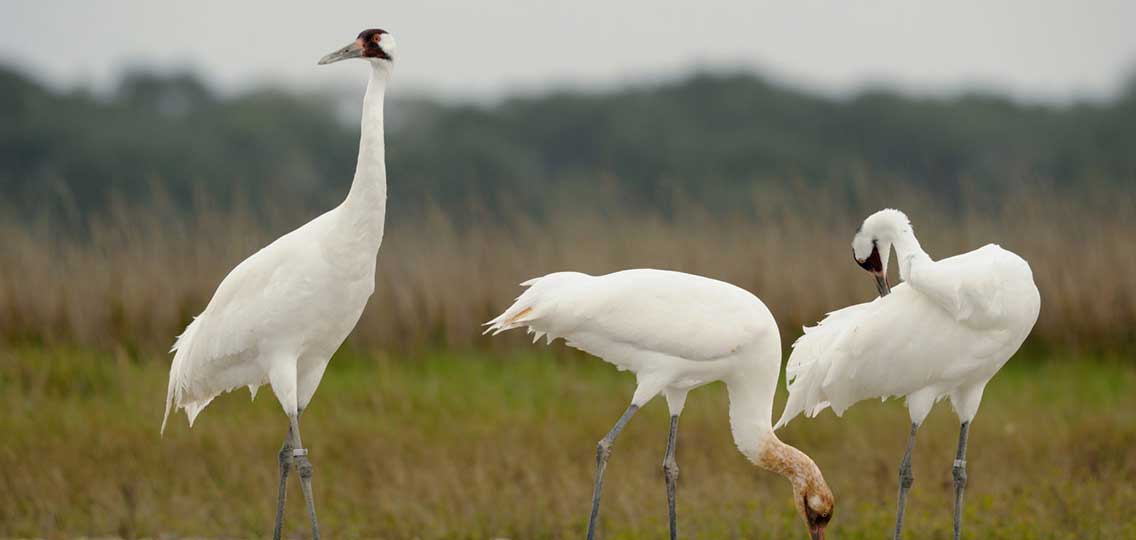This Migratory Bird Day, take action to ensure migratory birds have safe passage
Migratory birds are one of nature’s great wonders. They fly astounding lengths using their internal compasses to reach the perfect destination that will fulfill all their needs for the season. With each trip, migratory birds are able to find ideal nesting, feeding and mating areas. And unlike us, they do it all without a map or asking for directions.
To celebrate these astounding feats, each year during the second weekend in May and again on the second weekend in October, people from around the world gather in their communities to recognize Migratory Bird Day. Since 2006, the annual festivities have raised awareness and encouraged us to take action to protect migratory birds.
This year, Ecojustice and our partners at Greenpeace Canada and Alberta Wilderness Association are getting involved and calling on the Commissioner of the Environment and Sustainable Development to investigate why the federal government does nothing as thousands of migratory birds are killed on tailings ponds every year.
Alberta’s Peace-Athabasca Delta is one of the most important bird habitat areas in North America. With a multitude of wetlands, rivers, and lakes, the delta is an important passageway for approximately 1.5 million migratory birds, including the endangered Whooping Crane and 213 other bird species, during their spring and fall migrations. But despite its significance for migratory birds, the delta has also become an unwitting neighbour to Alberta’s notorious tar sands.
The Alberta tar sands are one of the biggest industrial projects on the planet and are considered Canada’s fastest-growing source of greenhouse gas emissions. The process of extracting bitumen from the ground results in tailings — a mix of water, sand, silt, clay, contaminants and unrecovered hydrocarbons — that are dumped into large ponds. The toxic melange of chemicals covers a whopping 176 square kilometres area in Alberta — that’s enough liquid to fill the equivalent of 390,000 Olympic-sized swimming pools with dangerous toxic sludge.
From above, these toxic tailings ponds look very similar to the delta’s freshwater lakes. Migratory birds flying overhead easily confuse these poisonous pools for clean, safe water bodies that they can land on. Each year, it is estimated that approximately 200,000 birds make this mistake, and as many as 5,000 are reported dead after landing in the tar sands tailings ponds. Without a way to track the birds that sink in tailings ponds before detection, or fly off and die elsewhere, experts say the true death toll could be even higher.
You might asking yourself, “What’s being done to stop this from happening?” The answer, unfortunately, is: Not enough.
While tar sands operators have to submit a Waterfowl Protection Plan to the government of Alberta that specifies how they will attempt to prevent birds from coming into contact with the tailings ponds, research shows that those plans are not effective; even with deterrents in place, an unacceptably high number of birds still land on the ponds.
But the buck does not stop with the operators and the provincial government. The federal government also has a crucial role to play.
Under the Migratory Birds Convention Act, the federal government has the power to hold tar sands operators accountable for harm to migratory birds. But so far it has failed to use the mechanisms at its disposal to address this issue.
That’s why we’re calling on the Commissioner of the Environment and Sustainable Development to step in and investigate why the federal government does nothing as thousands of migratory birds are killed on tailings ponds every year. We hope you’ll join us and take a stand for the birds too.


